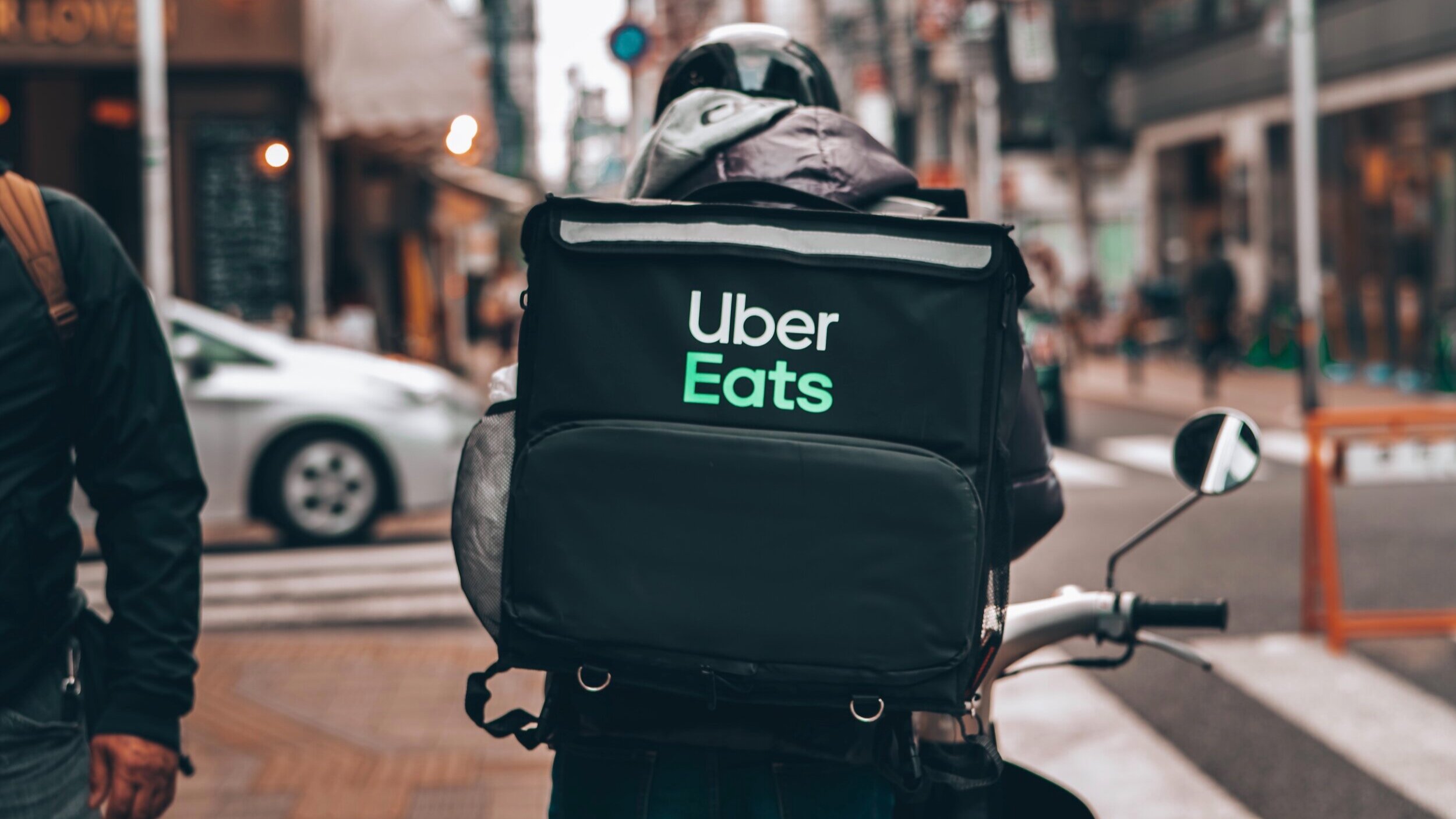The end of the year is a time of reflection. And there’s certainly a lot to reflect on at eduMe HQ - it’s been a busy year!
Our single biggest finding in the last year is that there must be a better solution to the global employee disengagement crisis, where only 13% of employees worldwide are engaged.
What we discovered in 2019
The workforce has and is fundamentally changing. We talk a lot about it at eduMe.
Firstly, technology has rewritten the rules. The rise of the smartphone saw the dawn of a new era, one where information became available at our fingertips, instantly, 24 hours a day. This ease of access has had a domino effect. Our attention spans have shortened, the way we process information is different and our expectations have changed.
In 2015 the average attention span was 8 seconds compared to 12 seconds in 2000, according to a Microsoft report. In a post-smartphone, post-social media age, our preferred ways of learning and how we retain information best are different.
Secondly, millennials, the generation born roughly between 1982 and 1995 are all grown up and have entered the workforce. And Gen Z, born between 1995 - 2001, is not far behind them. To differing extents, both these age groups were weaned on technology.
If not a smartphone, then a computer. If not a tablet, then a gaming console. And what they expect from employers is different than their predecessors. Their loyalty is lesser - if dissatisfied, they have no qualms moving on. Gallup reported that 21% of millennials changed jobs within the year. They also value flexibility and ongoing learning more.
Thirdly, deskbound, office-based work is on the out. It has been for a while, ousted by the new normal - mobile work. Almost all net employment in the U.S. between 2005-2015 was attributed to alternative work arrangements.
Though the etymology of “gig” in reference to alternative work arrangements precedes this decade, and even this century (the term “gig” was coined in roughly 1915), a new incarnation of “gig work” took the world by storm in the 2010s. It’s been a buzzword of this decade - so much so that “gig economy” was added to the Merriam Webster dictionary earlier this year.

In light of these three changes - technological revolution and a more millennial and deskless workforce - we realised we needed to go above and beyond to provide a viable solution.
Face-to-face was an obvious no go - it’s not attainable at scale. Traditional, clunky eLearning systems were also an instant write-off - they are not user friendly, fail to engage, and do not promote knowledge retention. A 2017 Brandon Hall Group study found only 33% of learning management system users were satisfied.
In terms of channels available to communicate with your people on - emails suffer low engagement and aren’t easily accessible by everyone in the new types of jobs being created (for instance, ride-hailing). Popular mediums like WhatsApp also wouldn’t suffice - you can’t organise information on them, track them for knowledge retention and are similarly redundant at scale.
These reflections made us realise “solutions” like these just won’t cut it anymore. We had to go beyond the realm of learning management systems and eLearning platforms - blunt instruments that saturate the market but fall short of the needs of a workforce in flux.
But then what is the answer to helping companies and their people perform better in this very specific context of workforce upheaval we’re living through?
To establish a potential solution to what seemed a mountainous problem, and equip managers with the tools to adequately deliver to their workforces, our team gathered to chat. A few questions arose from the discussion. These were:
-
What does a successful workforce look like?
-
What affects the success of a workforce?
-
What can we do to affect the success?
-
What are the touch-points during the workforce lifecycle?
-
What are we already covering in our existing product and what is missing?
These questions are what we constantly ask ourselves, and always look back to. Continuous growth, development and improvement are important pillars of our workplace culture - both for our customers and our own people.
A way of working we employ that echoes this is “shipping”. (No, not in the Amazon sense)! When we use the term we mean producing a piece of work quickly, to a good standard, rather than slow perfectionism.
So with that principle in mind...
A few things we introduced in 2019
ICYMI, here’s (a cherry-picked handful of) some of the features we introduced in 2019 to make the experience you are delivering your workforce is as optimal as possible.
Engage, communicate, motivate
In a time of increasing dispersal, it’s important to feel connected with your workforce, whether or not you’re occupying the same physical space. That’s why we introduced video messages this year.
With video messages you can send focused, segmented and scheduled messages to your people, wherever they may be. This feature enables you to engage, communicate and motivate your workforce.
Launched a new product? Starting a campaign? Send out a video message so that everyone is aligned on what’s happening that day, regardless of timezone. You can follow up video messages with learning nuggets, to reinforce the information you’ve imparted and combat the forgetting curve.
Unconvinced? It’s how Apple start every day!
Knowledge is best bite-sized
Remember those shortening attention spans?
Knowledge, when delivered in bite-sized parcels has a far greater likelihood of sticking. When the bite-sized parcels are reinforced with follow-ups, or done in a video format, even better. Mobile is the perfect medium to deliver this kind of information because:
-
it is cost effective,
-
time efficient and,
-
you’re reaching people in a place that doesn’t feel corporate.
Learning via mobile shows off greater engagement and significantly higher completion rates.
Flashcards relate exclusively to the learning objectives of a course, giving them much more context than our messaging feature, which is best used for broader communications.
From a team member’s perspective, the benefits are:
-
Encouraging regular use of the product, so that your people are continuously learning even if not completing a lesson
-
They can be utilised as lesson follow-ups, to cement whatever information you’ve relayed
From a company’s perspective - you can give your people more, more frequently because flashcards are less labour intensive than building a whole course.
Combatting predictability
Engagement. Keeping your increasingly millennial, mobile-first, dispersed workforce engaged (and by extension, productive and loyal) is a huge issue facing employers.
We go into the perils of employee disengagement a bit more here.
Though our existing quiz format works, with 90%+ completion across the board, disengagement thrives on predictability. So we decided to introduce a new question completion mechanism - ordering.
With ordering, you complete a question by dragging a list of statements into the correct order. It’s perfect for processes, like putting your ideal sales or customer service process in order of steps, or mapping out the best A-B route.
Aside from combatting predictability by providing variety, it allows users to feel greater autonomy over their learning process and empowers the content creator to be more creative in the subjects they can cover.
Accessible learning
Part of what we preach is the accessibility of information. It doesn’t just need to be packaged correctly, it needs to be readily available to whoever is trying to access it.
The purpose of an open API is to make your learning as accessible as possible by removing the steps that stand between your learners and your content. By cutting out friction-causing steps to access the materials you’ve made, you can communicate, train and engage your people with greater confidence your message is landing.
Briefly (here’s the non-brief version) our API boasts four options for admins:
-
Manual upload means you can add new users individually or in bulk. It works on name and phone number (or email) alone - add them in, they receive an SMS (or email) invite to set up an account and are set to get learning.
-
Self sign up means you can send a link out via your own communication channels. Anyone who clicks it can create an account and get started with what you’ve made for them right away. This is handy in situations where you have a large number of people who need to access material that are not employees, or have high turnover user base. It’s what we do with Uber.
-
Single Sign-On means your people can log into eduMe using their existing company accounts. No more additional log-in details to remember.
-
Automated user creation means if you have an existing CRM, these users are automatically duplicated in eduMe. No new account needs to be created at all - magic!
But those weren’t the only changes…
A great product is contingent on great people. Which is why we’re so excited about the fact that this year we more than doubled our numbers. From a small but mighty 9 in January, to an office-outgrowing 23 by December.
If you feel inspired to climb aboard the S.S. Workforce Success, take a look at our vacancies.
Onwards and upwards 🚀
The best bit is we’re just getting started. Our product is in a constant state of evolution, in tandem with the evolving needs of the workforce.
And we can’t wait to share new ways to engage, communicate and motivate your workforce in 2020. (Expect updates to the product, videos, blogs and more).
See you on the flipside! 😎






